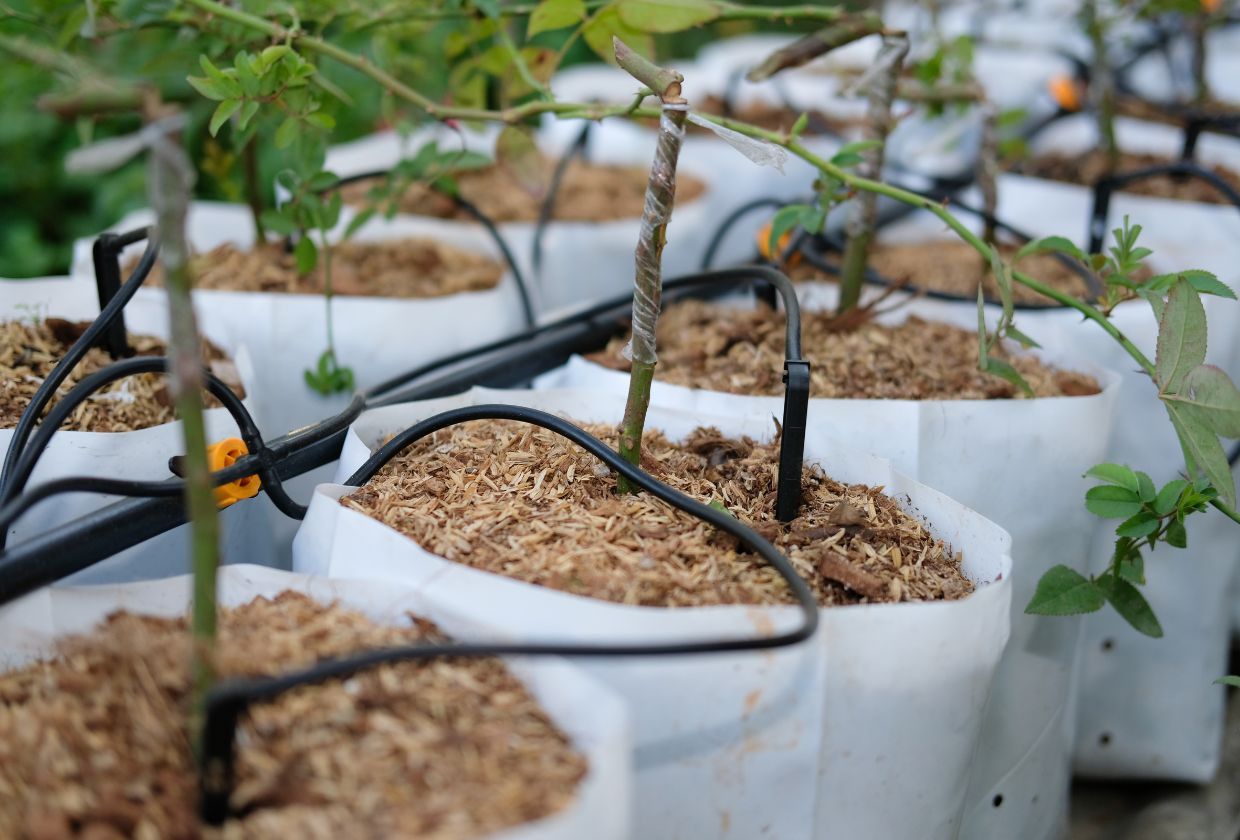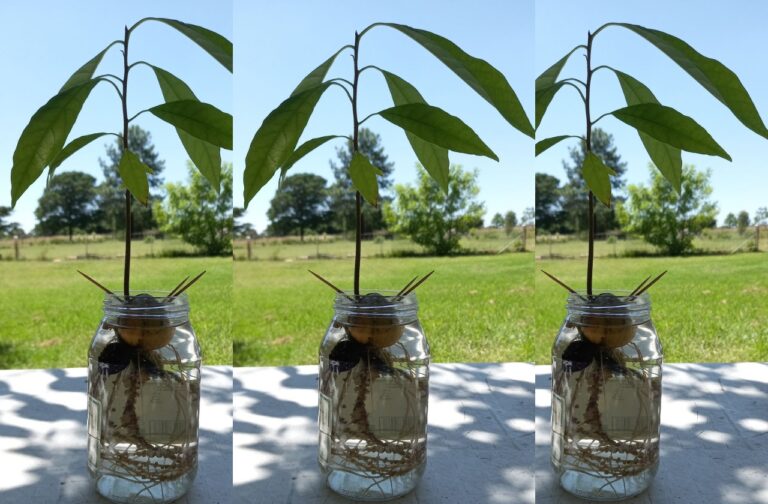How Do Drip Hydroponics Work? Secrets Revealed!
I get commissions for purchases made through links in this post. View our Affiliate Disclaimer.
In the concept of sustainable farming, hydroponics, of which drip hydroponics is one implementation, has emerged as a revolutionary technique that’s capturing the imagination of gardeners and farmers alike. From urban rooftops to sprawling greenhouses, hydroponic systems are transforming the way we grow food. Among the various methods of hydroponics, drip systems have become particularly popular for their efficiency and adaptability.
Hydroponics, the art of growing plants without soil, is not just a gardening fad but rather a reflection of a growing awareness of sustainable and responsible farming. Whether you’re a hobby gardener or a commercial grower, understanding how drip hydroponics works can open new horizons in your agricultural journey.
Additional Essential Homestead Resources
✅ Medicinal Garden Kit - Grow medicine in your garden! A collection of seeds to get you started.
✅ Homesteaders Handbook - A printed book that covers all the basics for homesteaders.
✅ The Self-Sufficient Backyard - This book is an excellent resource for self-sufficiency on 1/4 acre!
✅ Into The Wild Survival Pack - Learn foundational survival skills every homesteader should know!
Interested in other hydroponic methods? Check out how Deep Water Culture (DWC) Hydroponics Works for an alternative approach.
What is a Drip Hydroponics System?
A Hydroponic Drip System is a specific type of hydroponics that employs a low-flow irrigation method to deliver a controlled, water-based nutrient solution directly to each plant’s root zone. Unlike traditional soil-based gardening, drip hydroponics provides precise control over the nutrients and water that plants receive.
Comparison with Other Hydroponic Systems
| System | Description | Best For |
|---|---|---|
| Drip System | Delivers nutrients directly to the roots through small emitters | Versatility, both small and large scale |
| Deep Water Culture | Plants suspended in nutrient-rich water with roots submerged (Learn more) | Leafy greens, herbs |
| Wick Hydroponics | Utilizes wicks to draw nutrient solution to the plants (Learn more) | Beginners, small scale |
| Kratky Method | Passive hydroponic system without pumps (Learn more) | Simple crops, low maintenance |
Components of a Drip Hydroponics System
A hydroponic drip system is composed of several key components, each playing a vital role in delivering the nutrient solution to the plants. Here’s a detailed breakdown of the main elements:
Components Table
| Component | Function | Note |
|---|---|---|
| Water Pump | Circulates nutrient solution | Submersible or inline |
| Water Tank/Reservoir | Holds nutrient solution | Opaque to prevent algae |
| Thin Tubing | Makeshift drip emitters | Spaghetti tubing |
| PVC Tubing | Transports solution from pump to emitters | 2-inch tubes for small setups |
| Drip Emitters | Nozzles feeding plants | Ideal for large number of plants |
Types of Hydroponic Drip Systems
Drip systems can be broadly categorized into two main types, each with its unique characteristics and applications:
Types Comparison Table
| Type | Description | Best For | Challenges |
|---|---|---|---|
| Recovery (Recirculating) System | Recirculates unused water | Modest, home-based systems | pH level monitoring |
| Non-Recovery (Non-Circulating) | Allows unused water to run-off | Commercial setups | Precision timing |
Growing Medium and Suitable Plants For Drip Hydroponics

The most important thing to consider when starting your drip system is the number of plants you plan to grow. While a standard drip system can grow a large number of plants, you’ll want to consider the type of plants you’d like to grow.
If you’re growing more than one type of plant, drip hydroponic systems will cost more money since you will need a separate nutrient reservoir and pump for each plant type to cater to their needs.
The media you use should be slow-draining. Coconut coir, gravel, and Rockwool are all excellent slow-draining growing media choices. If you’re not sure about the medium type, try perlite or coconut coir.
The best plants and grow mediums to use in drip hydroponic systems are summarized.
Suitable Plants for Drip Hydroponics
| Plant | Growing Medium | Note |
|---|---|---|
| Lettuce | Expanded Clay Pellets | Fast-growing, leafy green |
| Herbs | Coco Coir | Various types including basil, mint |
| Spinach | Expanded Clay Pellets | Nutrient-rich, prefers cool temperatures |
| Strawberries | Grow Stones | Sweet and juicy, requires support |
| Bell Peppers | Grow Stones | Thrives in controlled environments |
| Tomatoes | Coco Coir | Requires staking, loves warm conditions |

How to Build a Simple Hydroponic Drip System (DIY Guide)
Building a hydroponic drip system at home is an exciting project that can be accomplished with some basic tools and materials. Here’s a step-by-step guide to creating a simple recovery drip system:
Step 1: Gather Materials
- Water Pump: Submersible type
- Reservoir: 10-gallon opaque container
- Tubing: Thin PVC tubing
- Emitters: Drip emitters or makeshift from thin tubing
- Growing Medium: Coco coir, expanded clay pellets, or grow stones
- Plants: Lettuce, herbs, spinach, etc.
Step 2: Set Up the Reservoir and Pump
- Place the pump inside the reservoir filled with nutrient solution.
- Connect PVC tubing to the pump.
Step 3: Arrange the Growing Containers
- Fill containers with chosen growing medium.
- Place plants in the containers.
Step 4: Install Drip Emitters
- Attach thin tubing to PVC tubing.
- Position emitters above each plant.
- Start the pump and check all drip emitters work
- Adjust the drip rate on the emitter for each plant
Step 5: Monitor and Maintain
- Regularly check pH levels if using a recovery system.
- Monitor plant growth and adjust as needed.
Costs and Considerations
- Estimated Cost: $100 – $200 for a small setup.
- Considerations: Regular maintenance, monitoring of nutrient levels, potential clogging issues.
By following this DIY guide, you can create a hydroponic drip system that suits your space and needs. Whether you’re growing carrots or exploring LED lights for hydroponics, this method offers a flexible and rewarding gardening experience.
Related Hydroponic Techniques
Drip systems are just one of many hydroponic techniques available to gardeners. Here’s a brief overview of other methods you might find interesting:
- Wick Hydroponics: A simple, passive system that uses wicks to draw nutrient solution to the plants.
- Deep Water Culture (DWC): A method where plant roots are submerged in a nutrient-rich water solution.
- Kratky Method: A passive hydroponic system without pumps, ideal for low-maintenance crops.
Conclusion
Hydroponic drip systems represent a fascinating intersection of technology and nature. By understanding the components, types, suitable growing mediums, and plants, you can embark on a rewarding journey into the world of hydroponics. Whether you’re a hobbyist looking to grow fresh herbs or a commercial farmer aiming for water efficiency, drip hydroponics offers a versatile and sustainable solution.
From conserving water with hydroponics (Does Hydroponics Use Less Water?) to growing delicious vegetables like carrots, the possibilities are endless.
Embrace the future of gardening with hydroponic drip systems and discover a new way to connect with the food you grow and the environment you cherish.
Get more posts like this
Subscribe to our mailing list and get interesting homesteading and green living info and updates to your email inbox.
Thank you for subscribing.
Something went wrong.







